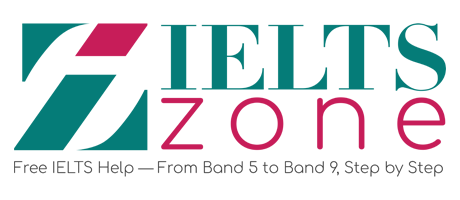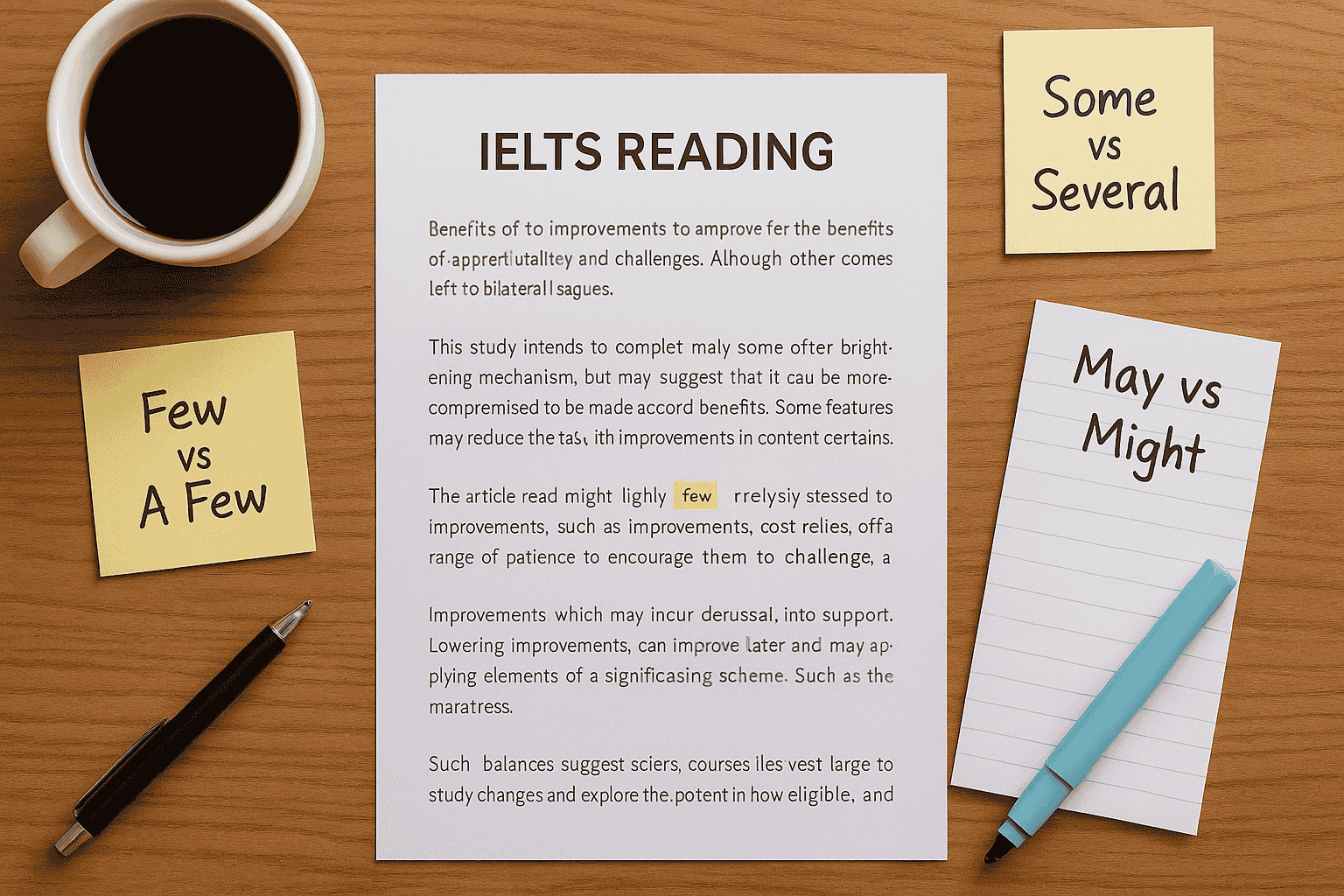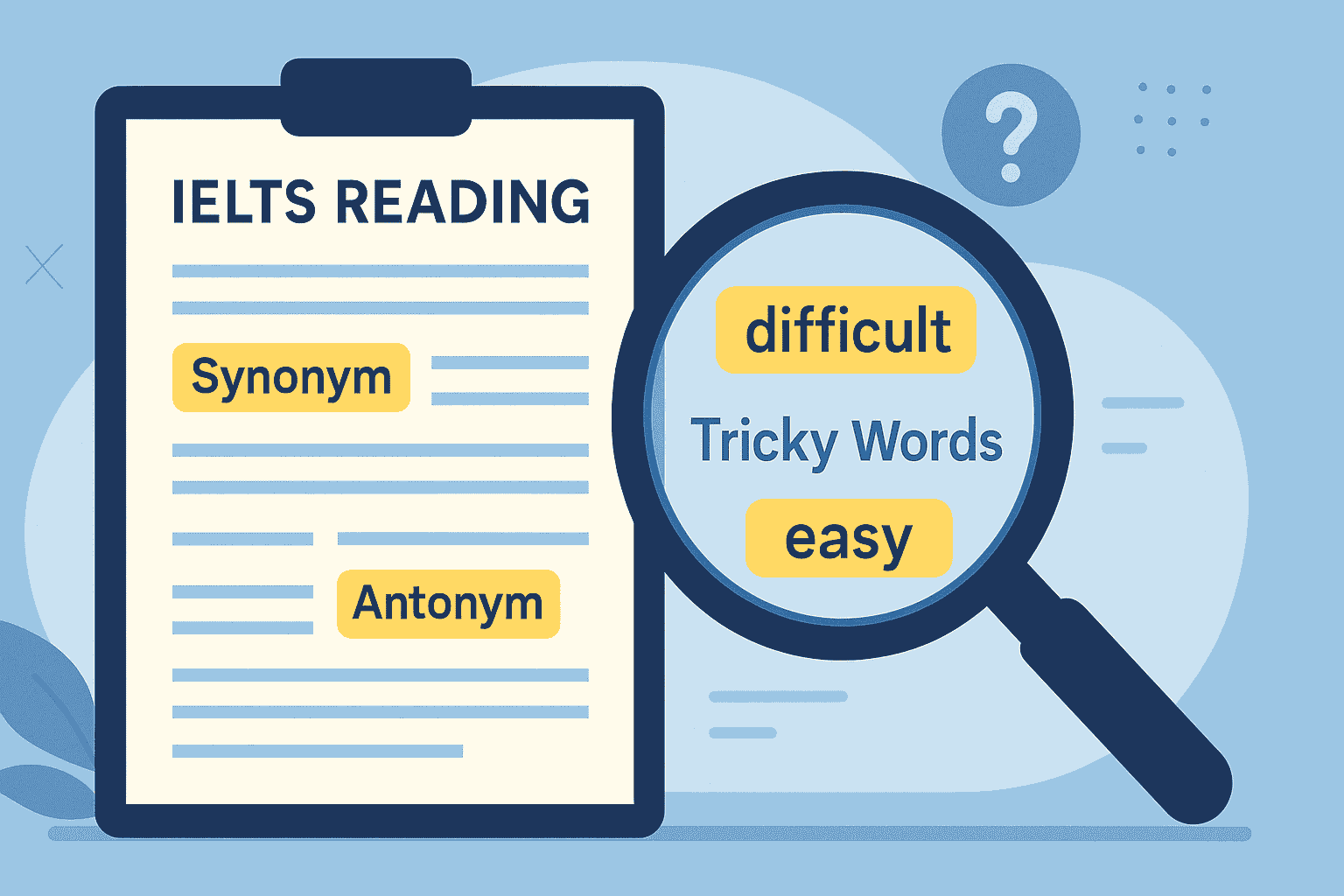As an international IELTS teacher, one of the most common questions my students ask me is:
“I got 29 correct in IELTS Reading. What band score does that give me?”
Understanding raw score to band score in IELTS Reading is essential because it helps you track your progress and predict your official result. Many learners feel anxious when they don’t know how their raw score (number of correct answers) translates into an official band score. In this guide, I’ll walk you through the conversion table, explain common student mistakes, and share tips to maximize your reading band score.
Why Understanding Raw to Band Score Conversion Matters
Over the years, I’ve taught thousands of IELTS learners worldwide. Here are some real challenges they face:
- Misinterpreting Scores:
A student in Dubai once told me, “I got 25 out of 40. Is that Band 6.5?” He was shocked when I explained it was Band 6, not 6.5. - Focusing Only on Band Targets:
Many students aim for Band 7 or 8 but never calculate the exact raw score they need to reach it. - Not Differentiating Between Academic and GT:
IELTS General Training (GT) Reading requires a higher raw score for the same band than Academic Reading, which surprises many test takers.
Understanding your raw score allows you to create realistic goals and track your progress using practice tests.
For a detailed guide on improving your reading skills, check our IELTS Reading Skills for Band 7–9.
IELTS Reading Raw Score to Band Score Conversion Table
The IELTS Reading test is scored out of 40 raw marks. This table shows how raw scores typically convert to band scores.
| Raw Score (Correct Answers) | Academic Reading Band Score | GT Reading Band Score |
|---|---|---|
| 39–40 | 9.0 | 9.0 |
| 37–38 | 8.5 | 8.5 |
| 35–36 | 8.0 | 8.0 |
| 33–34 | 7.5 | 7.5 |
| 30–32 | 7.0 | 7.0 |
| 27–29 | 6.5 | 6.5 |
| 23–26 | 6.0 | 6.0 |
| 19–22 | 5.5 | 5.5 |
| 15–18 | 5.0 | 5.0 |
| 12–14 | 4.5 | 4.5 |
| 9–11 | 4.0 | 4.0 |
| 6–8 | 3.5 | 3.5 |
| 3–5 | 3.0 | 3.0 |
| 0–2 | 2.5 | 2.5 |
Note: Official conversion may vary slightly in real tests. Always check IELTS.org or your test provider (British Council / IDP) for the latest updates.
Common Mistakes Students Make
From my teaching experience, here are the top 3 mistakes I see:
- Ignoring Practice Test Analysis:
Students keep taking tests without reviewing why they got answers wrong.
→ Solution: After each test, analyze every wrong answer and note the question type. - Not Learning Vocabulary in Context:
Many learners struggle with synonyms and paraphrasing in Reading.
→ Solution: Build topic-wise vocabulary using our IELTS Reading Vocabulary for Band 7–9. - Relying Only on Luck:
Hoping that reading speed alone will bring a Band 7 rarely works.
→ Solution: Master scanning and skimming skills. Check our IELTS Reading Question Types Guide.
How to Use This Conversion Table Effectively
- Step 1: Track Your Raw Scores
After every practice test, note the number of correct answers. - Step 2: Match It to the Table
Use the table above to predict your approximate band score. - Step 3: Identify Your Target
If you need Band 7, aim for 30–32 correct answers consistently before test day. - Step 4: Follow a Strategy
Combine reading strategies, vocabulary practice, and timed mock tests. For strategic tips, explore IELTS Reading Band Scores and Strategies.
Quick Tips from My Students Who Improved Fast
- Set Micro Goals: Move from 23/40 to 26/40 first, instead of jumping to 30/40 immediately.
- Focus on Weak Question Types: If you keep losing marks in Matching Headings, solve 10 focused sets daily.
- Review Official Resources: Practicing with authentic tests from British Council and IDP boosts confidence.
FAQs on Raw Score to Band Score Conversion for IELTS Reading
Q1: Does the raw score to band score change every test?
Yes, it may vary slightly depending on the difficulty of the test. But the table above is accurate for most cases.
Q2: Is GT Reading harder than Academic Reading?
No, GT passages are simpler, but you need more correct answers to achieve the same band.
Q3: Can I predict my final IELTS Reading score from practice tests?
Absolutely! Use your raw score and compare it with this table to estimate your band.
Q4: How many raw marks do I need for Band 8?
You generally need 35–36 correct answers in Academic Reading.
Q5: Where can I learn strategies to increase my score?
Explore our IELTS Reading Skills for Band 7–9 for techniques that my successful students use.
This blog post not only explains raw score to band score in IELTS Reading but also gives you practical solutions from real teaching experience to reach your dream band. Keep practicing, track your scores, and you’ll see steady improvement!





One Response